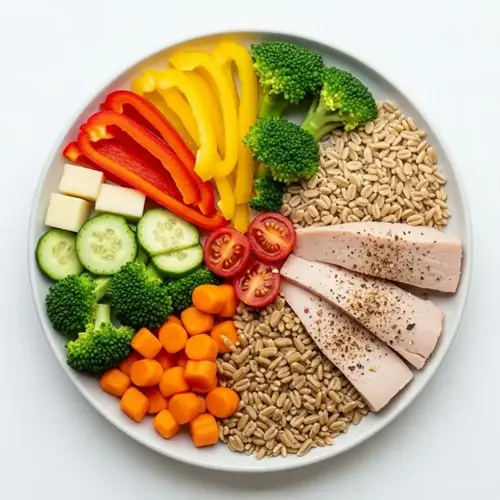Why is thirst a poor hydration indicator?

Written by
Natalie Hamilton
Reviewed by
Prof. Benjamin Murphy, Ph.D.Your thirst mechanism reacts too late to prevent dehydration. Thirst signals do not operate until your system has lost a considerable amount of water. By that time, the dehydration would have already set in due to electrolyte imbalance. Sodium concentration increases, which triggers the first signs of dehydration. You must maintain your hydration to avoid this and reap the benefits.
Delayed Neural Signaling
- Osmoreceptors detect blood concentration changes slowly
- Signals take 10-15 minutes to trigger thirst sensation
- This delay allows measurable dehydration to occur
Aging Effects
- Seniors experience 40% reduced thirst sensitivity
- Medications like diuretics further impair signaling
- Older adults dehydrate faster without feeling thirsty
Activity Impacts
- Exercise diverts blood from thirst centers to muscles
- Adrenaline suppresses thirst during intense activity
- Athletes can lose 2% body weight before feeling thirsty
Electrolytes significantly dictate the timing of thirst. Sodium concentration must increase before osmoreceptors will activate the sensation of thirst. Potassium influences the sensitivity of the signals. With a relative electrolyte balance, hydration is maintained much better than with pure water. I've suggested that athletes sip on an electrolyte beverage every hour, regardless of their level of thirst.
Create an ongoing hydration schedule. Drink water containing electrolytes once an hour while you are awake. Drink eight ounces of electrolyte water before physical activity and replenish with sixteen ounces of electrolyte water afterward. This will prevent sodium spikes and subsequent drops in performance level.
To monitor hydration levels, observe the color of your urine. A pale yellow hue suggests adequate hydration. A dark amber color means dehydration. The color of the urine in the first morning specimen establishes a baseline. This indicator may be useful when thirst sends no signals, particularly in humid weather conditions.
Children and elderly individuals require special attention to their hydration needs. Children often forget to drink when playing, and older adults frequently experience a diminished perception of thirst. It is essential to offer fluids regularly, rather than waiting for them to request them. These two groups dehydrate faster than the rest of the population without intervention.
Hydration is made effective through the consumption of balanced electrolytes. Sodium helps the body hold onto water. Potassium helps to prevent muscle cramps. Magnesium promotes absorption in cells. If pure water is given without electrolytes, it dilutes minerals and contributes to an imbalance in the body's electrolyte levels. It is always best to include some source of electrolytes in your fluid.
Read the full article: Sodium Potassium Balance: Essential Health Guide

